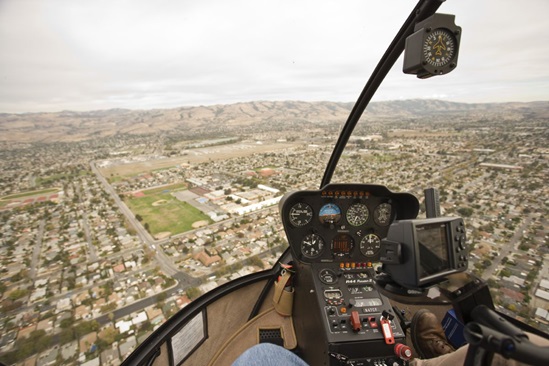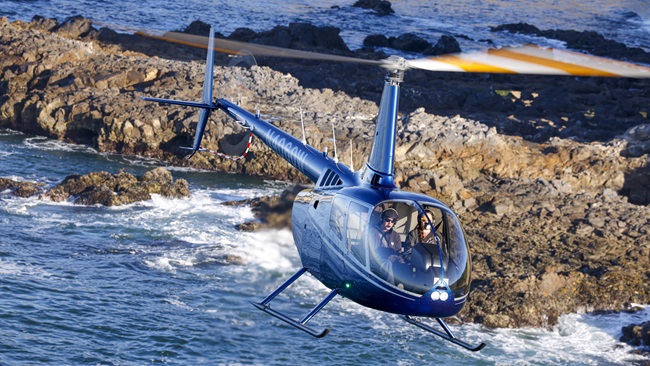First Look: The chief’s new ride
Marine One replacement debuts

If the profile of the helicopter looks familiar that’s because the VH–92A is based on the Sikorsky S–92, a heavy lift model sold primarily to oil and gas companies to transport more than a dozen workers to oil rigs far offshore, and search and rescue operators. In its new role the S–92 variant will be able to transport the president, other dignitaries, and the press and support staff farther and safer than the VH–3Ds and VH–60Ns currently in service.
Replacement of the presidential helicopter, dubbed “Marine One” when the president is on board, has been a process fraught with cost overruns and bureaucratic missteps. The current models have been in service since the 1970s and 1980s, and soon after the terrorist attacks on September 11, 2001, the Department of Defense realized weight limitations meant those models couldn’t be upgraded with current communications and other safety equipment. An initial contract between the U.S. Navy and Lockheed Martin, which proposed using an AgustaWestland AW101, was canceled and the Marines stepped in and awarded a new contract to Sikorsky for a version of its S–92.
Marine One is one of the most recognizable helicopters on the planet. It transports the president and other dignitaries all over the world, especially in places where a motorcade would be logistically difficult or unsafe. In what’s been dubbed a presidential shell game, decoy helicopters are used whenever the president flies, making the logistics that much more complicated. To transit long distances the blades are folded, and the helicopters are put in the cargo hold of a C–17 or C–5.
Marine Helicopter Squadron One, based in Quantico, Virginia, operates a surprising amount of hardware to support the mission of executive transport. The initial contract called for 21 operational helicopters with two test aircraft.
Like the civilian version, the VH–92A is a two-pilot aircraft. The publication Naval Technology reports the cockpit has the Collins ProLine suite with enhanced ground proximity warning system, traffic collision avoidance system, radar, and more. In terms of cool military gear, it will have laser-based infrared countermeasures and decoy launchers, and electronic signal jamming.
For creature comforts, the cabin is said to be quieter, and the seats more comfortable. If you’ve ever stepped inside an S–92 you know how roomy it feels. And, most important, there’s on-board Wi-Fi, essential for real-time tweeting.
Email [email protected]
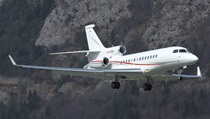

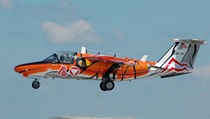
Foreign heads of state use some interesting aircraft
Most foreign heads of state don’t travel with as much visibility as a 747 provides. If the country has a state airline, it’s common for dignitaries to use it for travel, either on a charter or regular commercial basis. If the country does have VIP aircraft, not surprisingly Boeing and Airbus are the common choices. But scattered among the 737s and A320s are some interesting rides. The Falcon 7X is a popular choice, as are various Gulfstream models. Some countries in Latin America use Beechcraft King Airs or Hawker 400s, while North Korea, Cuba, Russia, and Sudan still operate ancient Ilyushin Il–62s. But Austria has them all beat. Although not used for the president, until somewhat recently other VIPs were transported aboard Saab 105s. For these flights the ejection seats were removed and replaced with standard seats. —IJT
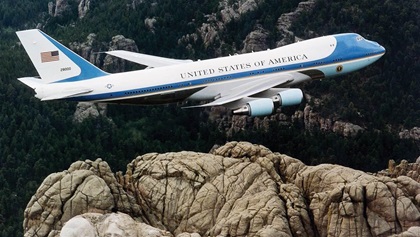 VC–25A The U.S. Air Force flies two of the iconic converted Boeing 747-200Bs.
VC–25A The U.S. Air Force flies two of the iconic converted Boeing 747-200Bs.
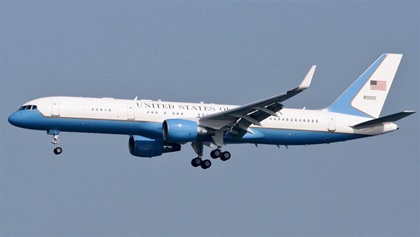 C–32A The United States has a fleet of four converted Boeing 757s commonly used by the vice president, and thus dubbed “Air Force Two.” A New York Times story detailed some recent embarrassing aircraft-on-ground events that left secretaries of state stranded.
C–32A The United States has a fleet of four converted Boeing 757s commonly used by the vice president, and thus dubbed “Air Force Two.” A New York Times story detailed some recent embarrassing aircraft-on-ground events that left secretaries of state stranded.
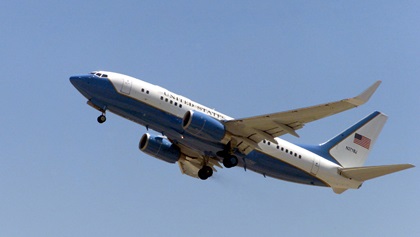 C–40B Two of these converted Boeing 737s are assigned to the 89th Airlift Wing at Andrews, with four more at the 932nd Airlift Wing at Scott Air Force Base in Illinois. In all the military operates 28 C–40s, although most are strictly for military purposes.
C–40B Two of these converted Boeing 737s are assigned to the 89th Airlift Wing at Andrews, with four more at the 932nd Airlift Wing at Scott Air Force Base in Illinois. In all the military operates 28 C–40s, although most are strictly for military purposes.
 C–37A and C–37B Gulfstream V and 550s, respectively, these luxe private jets converted for government use got the Treasury secretary in some hot water for his repeated use. The 89th Airlift Wing at Andrews operates three of each.
C–37A and C–37B Gulfstream V and 550s, respectively, these luxe private jets converted for government use got the Treasury secretary in some hot water for his repeated use. The 89th Airlift Wing at Andrews operates three of each.

